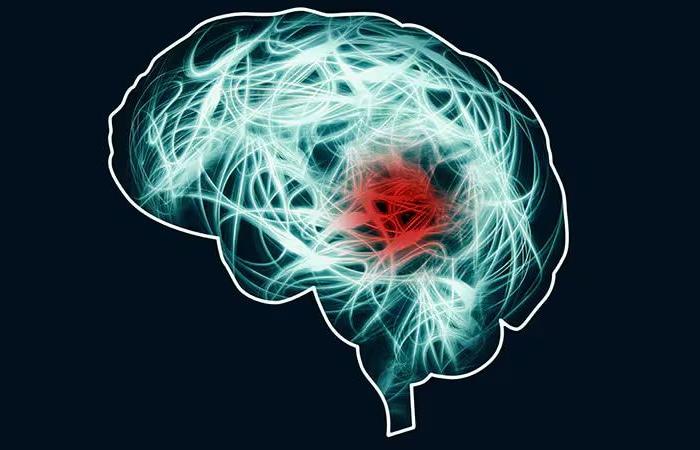Neuropathological changes in the brain related to Alzheimer’s disease include accumulation of beta-amyloid plates and neurofibrillar sheep that contain tau protein (P-tau) hyperphosphorylated, which can be detected in patients by using positron emission tomography or quantification of beta-amyloid and protein protein levels in liquid Cepharraquido. However, the use of these biomarkers is limited and currently the use of serum diagnostic tests facilitates the scrutiny and diagnosis of patients with neurocognitive impairment.[1]
In the cerebrospinal fluid the soluble species of Tau protein change in the different stages of the disease and depending on the progression of the same. In blood, the three Tau protein variants are promising, including P-Tau 181, P-tau 217 and P-Tau 231. Similarly, the measurement method also has implications; Mass spectrophotometry or immunoassay have shown to have different sensitivity and specificity in the diagnosis of other neurodegenerative diseases.
The determination of serum p-tau 217 has adequate correlation with the Beta-Amiloid and Tau protein deposit in the brain, as with the prediction of the progression of cognitive deterioration, it is relatively cheap and not invasive its determination.
To evaluate the diagnostic performance of P-TAU 217 comparative studies have been carried out.
For example, Warmenhoven and his collaborators compared in a cohort of 998 participants to patients 375 without cognitive impairment against 623 patients with cognitive impairment.[2] The samples were analyzed by mass spectrophotometry (essay at the University of Washington) and the proportion of p-tau 217 phosphorylated and not phosphorylated, as well as the determination by immunoassay carried out by other laboratories (Lilly, Janssen, ALZpath) and the immunoabsorbent test linked to nucleic acids (nulisa). Participants were performed biomarkers in cerebrospinal fluid for beta-amyloid and Tau protein. The authors found that all trials to measure P-TAU 217 had adequate diagnostic performance with areas under the curve of 0.91 to 0.96 to classify the beta-amyloid state.
On the other hand, a recent comparison of the different essays of P-Tau 217 in the ADNI initiative (Alzheimer’s DiseaseNeuroimaging Initiative) showed no difference between mass spectrophotometry determinations and immunoassay in patients with cognitive impairment, but better performance performance performed by mass spectrophotometry in patients who still do not have cognitive impairment when correlated with the beta-amyloid tank in positron emission tomography measured in centiloids.[3]
Expert opinion
The diagnosis of Alzheimer’s disease is possible through the use of serious biomarkers, such as the determination of P-tau 217; Immunoassay measurement and mass spectrophotometry have high sensitivity in patients with cognitive impairment. In this review, the measurement of P-TAU 217 by mass spectrophotometry carried out by the University of Washington had a sensitivity of 90 % in the classification of the Beta-Amiloid stadium without the need to require confirmation of another biomarker. However, in the study conducted by Schindler and its collaborators, it was evidenced that both immunoassay methods and those performed by mass spectrophotometry had sensitivity close to 90 % to determine the state of beta-amyloid in positron emission tomography when the patient already has cognitive impairment. Therefore, it is necessary to continue doing more studies to, for example establish if there must be two cut -off levels. Likewise, it is necessary to consider whether it would be worth making a basal determination and another of monitoring, since we have a variation coefficient of 3 % to 10 % for most tests.
The Dr. Zaira Medina López She is a graduate of the National Autonomous University of Mexico where she attended her postgraduate degree in internal medicine and neurology. He is currently a medical assigned of neurology at the Institute of Health of the State of Mexico.






